I want you to take a minute and think about how you plan your lessons for the week. If you are a reading teacher, do you consider other subjects when you plan? If you teach all subjects, do you plan in silos? Or are your lessons interconnected?
If you are anything like me, I taught all subjects in my earlier years of teaching, and I mostly planned in silos. It didn’t occur to me to make my lessons interconnected until a particular school I taught at introduced me to thematic planning!
So instead of planning and teaching lessons in silos, I learned to be more intentional about connecting reading, writing, math, science, and social studies to a central idea.
It took work in the beginning. It took practice, trials, and errors. . .
But thematic planning created so many meaningful learning experiences for my students! It made my lessons feel cohesive. And my students showed a deeper understanding of topics across all subjects.
In this post, I am going to cover the following:
- What thematic planning is
- The benefits of thematic planning
- How to implement thematic planning
You may have an idea of what thematic planning is, or you may have no clue at all; either way, by reading my experience with it, you will have a clearer idea of what it is and how to use it in your classroom.
What is thematic planning?
- Thematic planning or cross-curricular instruction is when you intentionally develop learning experiences that cross many different subjects. The big focus is developing a deeper understanding of a specific topic or idea.
- Thematic planning is teaching our standards in a way that allows students to make meaningful connections to what they are learning across multiple subjects.
- With thematic planning, you intentionally create connections and learning experiences between subjects.
What are the benefits of thematic planning?
- It makes learning more purposeful. Instead of focusing on reading and writing objectives in isolation, you are helping your students understand that the same skills they are working on in reading can be translated to other subjects.
- It helps students develop more robust content knowledge. When you intentionally incorporate thematic planning into your instruction, you CAN focus on all the subjects – reading, writing, science, social studies, social-emotional learning, etc.
- Students get more opportunities to develop their real-world reading and writing skills.
Okay, now that you have a clearer understanding and what thematic planning is and why it is beneficial, let’s talk more in-depth about how you can do it in your classroom!
I am going to break down thematic planning into five steps. There are so many ways you can create a thematic unit, but I want to give you five steps you feel you can try out as early as next week.
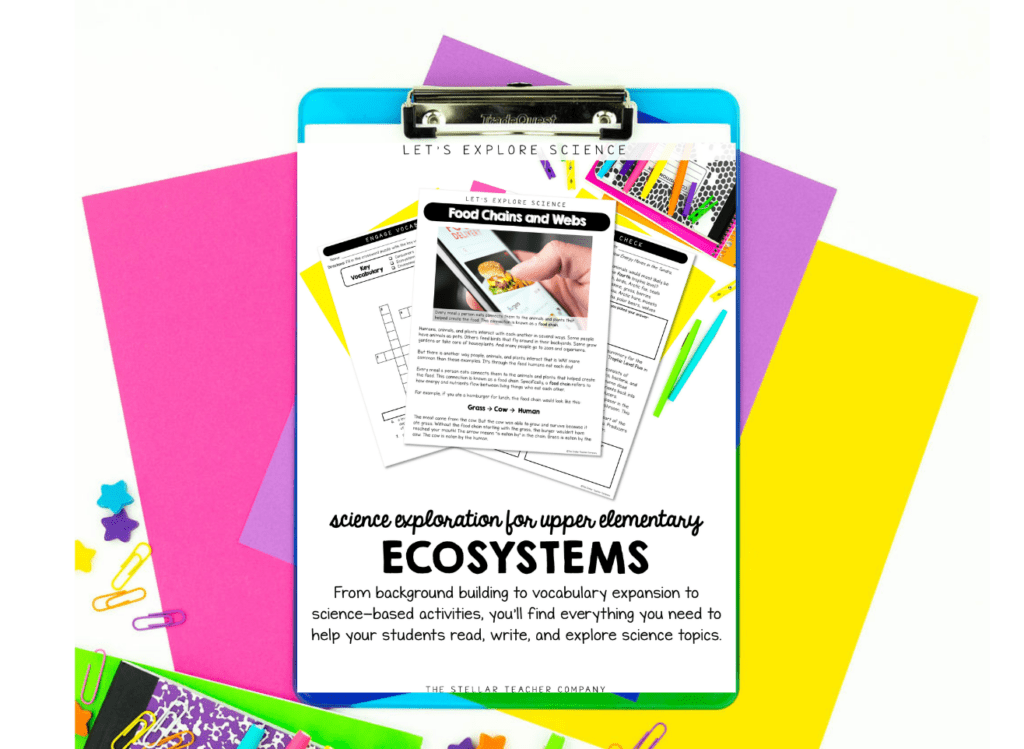
Step One: Identify a Key Concept and Develop a Guiding Question
You first need to identify a key concept or idea that you want as the focus. After you have a topic, you will want to develop a guiding question for your unit.
I suggest picking a science or social studies objective to work with – it needs to be broad enough that you can find various articles and texts on the topic.
For Example
Topic: Energy Transfer Within Ecosystems
Question: How is energy transferred within an ecosystem?
For your students to answer the question, they will need to have an understanding of the following:
- Types of ecosystems
- Animals and plants that live in various ecosystems
- Producers and Consumers
- Food webs and food chains
- Energy flow within an ecosystem
- Learning the impact humans have on the flow of energy within an ecosystem
For them to read and learn about the energy transfer within ecosystems, they will need to have reading skills like:
- Main idea and details
- Summarizing a text
- Text features & text structure
- Author’s Purpose
- Making connections
- Synthesizing what they read
For students to communicate their understanding of the topic and answer the question, they will need writing skills such as:
- Writing complete sentences
- subject/verb agreement
- Fragments
- Types of sentences
- Capitalization and punctuation
- Writing a paragraph
- Topic sentence
- Body
- Conclusions
Are you starting to see how you can create a thematic unit with a central topic to help your students practice reading, writing, and science skills at once? Let’s dig in even further!
Step Two: Find a Variety of Texts Connected to the Topic
When you start searching for texts to use in your thematic unit, it can be helpful to identify key concepts you want your students to understand.
For this step of thematic planning, you should create a list of subtopics to help guide you as you look for texts, articles, and other reading materials.
For Example
Topic: Energy Transfer Within Ecosystems
Subtopics:
- Types of ecosystems
- Producers and Consumers
- Food webs vs. food chains
In addition to using texts that cover the subtopics, it is beneficial to include the following:
- Texts written in various text structures
- Texts including a variety of text features
- Pictures books
- Reading passages
- Online articles
- Textbooks
- Videos
I know it can be difficult and time consuming to find high-interest, grade-level reading passages on the same topic. To save you time we have created a resource that includes a variety of science articles with thematic planning in mind, check them out on TpT!
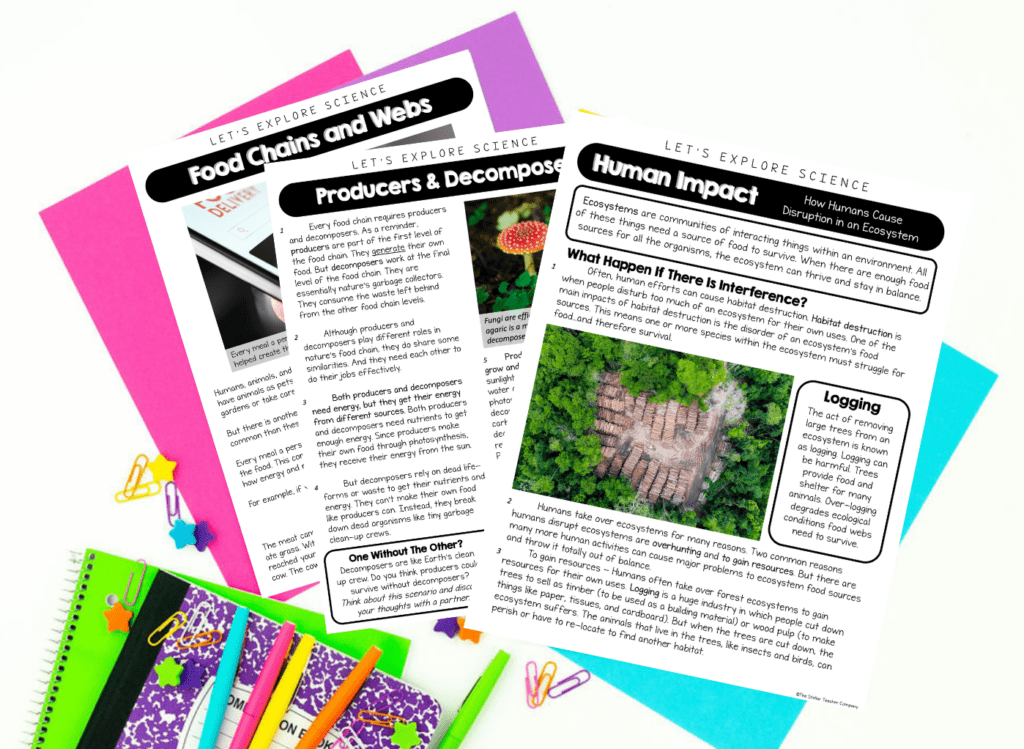
Step Three: Build Background Knowledge with Your Students
Before reading the texts in your thematic unit, introduce your students to the topic with background knowledge-building activities. This is also an excellent opportunity to give context for why you are learning about a specific topic. As you dive into thematic planning, here are some background knowledge activities you can consider:
For Example
Topic: Energy Transfer Within Ecosystems
Background Knowledge Activities:
- KWL Chart
- Concept Map/Web
- Asking Questions
- Vocabulary Activities
- Watching Videos
- Analyzing Photos
Using a combination of the above activities is the most beneficial. Let’s say you give your students a KWL Chart. These activities allow students to share what they already know about ecosystems and think about what they want to learn about ecosystems, and it gives them a space to come back to and reflect on what they learned at the end of the unit!
In addition to the KWL Chart, you might also introduce key vocabulary terms in the texts you’ve selected to read. This could be a crossword puzzle, concept map, or even using the Frayer Model graphic organizer. Check out my nonfiction science resource with a focus on ecosystems that includes many of these examples!
By combining these background knowledge-building activities, you are setting your students up for greater success when it is time to read the texts and ultimately answer the big question for your thematic unit.
And don’t forget to come back to these activities as you move through the unit! Yes, they are introduction activities, but it is important to have your students return to the questions, vocabulary, KWL chart, etc., to expand upon what they have learned and still need to learn.
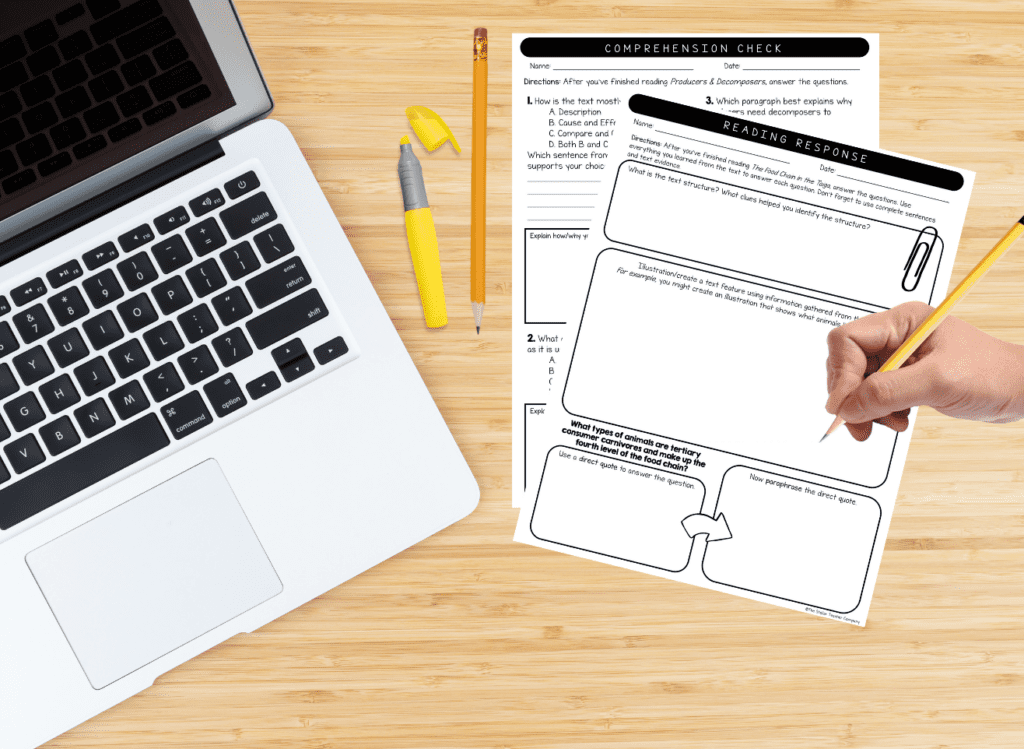
Step Four: Read, Explore, and Respond to Texts
Okay, so the goal of a thematic unit is to connect reading, writing, and science, right? You might be thinking How am I going to fit this all in? Instead, the learning experiences during the unit will replace what typically happens during your reading, writing, and science blocks.
Take time to read and explore the texts over a more extended period. This could look like:
- A week-long unit
- A six-week-long unit
It depends on the topic, guiding question, objectives, texts, and activities you plan to cover! Start with a week-long unit if this is your first time teaching a thematic unit.
When you are reading, exploring, and responding to the texts in your thematic unit, keep these tips in mind:
- Focus on developing key understandings in each text. Instead of teaching a lesson with a single focus, like the main idea, use a question like What is the difference between a food web and a food chain? to guide the lesson. This requires students to do a number of things: identify text structure, and main idea, summarize, use key vocabulary, and more.
- Utilize a variety of comprehension skills and strategies. Use activities that require your students to put into action what they have learned and use a combination of strategies.
- Build on knowledge each time you read. Don’t forget to have students document learning! This could look like an anchor chart, graphic organizer, reflection journal, or concept web that shows the connection of ideas.
Sentence Writing Routine Free Sample
If your students struggle to write at the sentence level, this new literacy routine is going to be your new best friend. Each day of the week your students will engage in a quick (yet effective) sentence writing task that will help them become more confident and creative writers. Say goodbye to fragments and boring sentences, and say hello to complex sentences with lots of details!
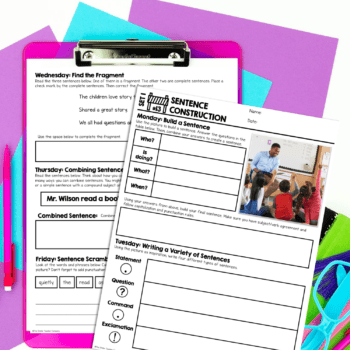
Step Five: Synthesize New Learning
At the end of your thematic unit, you’ll want to wrap up your student’s learning experience by answering the big question guiding the unit.
There are many ways you can have students respond to a thematic unit question:
- Write an essay
- Create an artifact (illustration, diagram, poster)
- Develop a concept map
- Complete an exit ticket
I love the idea of creating an artifact like a poster that communicates a key understanding from the unit. You could take it a step further and do a gallery walk with all the students’ posters!
The important thing is that you provide closure to the unit and guide your students back to answering the big question for the thematic unit.
Thematic units can be a great way for you to spiral review through your previously taught reading and writing objectives while also hitting on science or social studies objectives in a meaningful way! If you want to try thematic planning and get ahead on a few of the steps I covered check out my Nonfiction Science Reading Passages.
We have three sets so far – Ecosystems, Heredity, and Biomes! Each set comes with 6 nonfiction science articles in a variety of structures, comprehension questions, written response activities, and more! They are the perfect resource to help you start your thematic planning journey.
Think about your next steps…
- Here’s your challenge! Plan at least one thematic unit for the next month! It doesn’t need to be long or cover ALL of your standards. I encourage you to identify a science or social studies topic that can dig deep into while also practicing relevant reading and writing objectives.
- Check out Episode #119 of the podcast to hear more about the five steps of thematic planning. In the podcast, I go more in-depth to each step and provide lots of examples for you to try.
- Join us inside The Stellar Literacy Collective, where you will get access to a resource library filled with reading and writing resources that you can use with all the picture books you’ll be using in your classroom!
Happy Teaching!


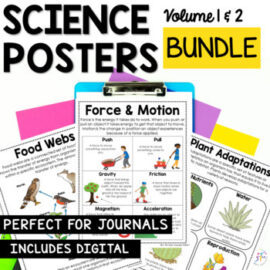
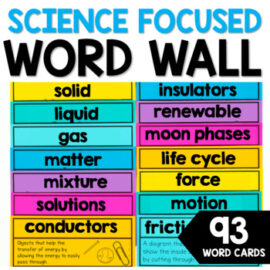
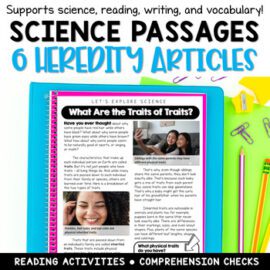
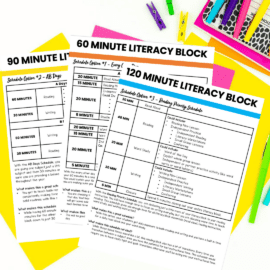
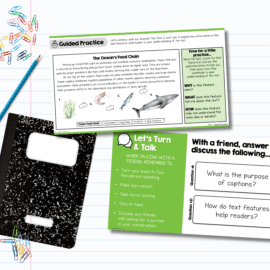










Leave a Comment
You must be logged in to post a comment.